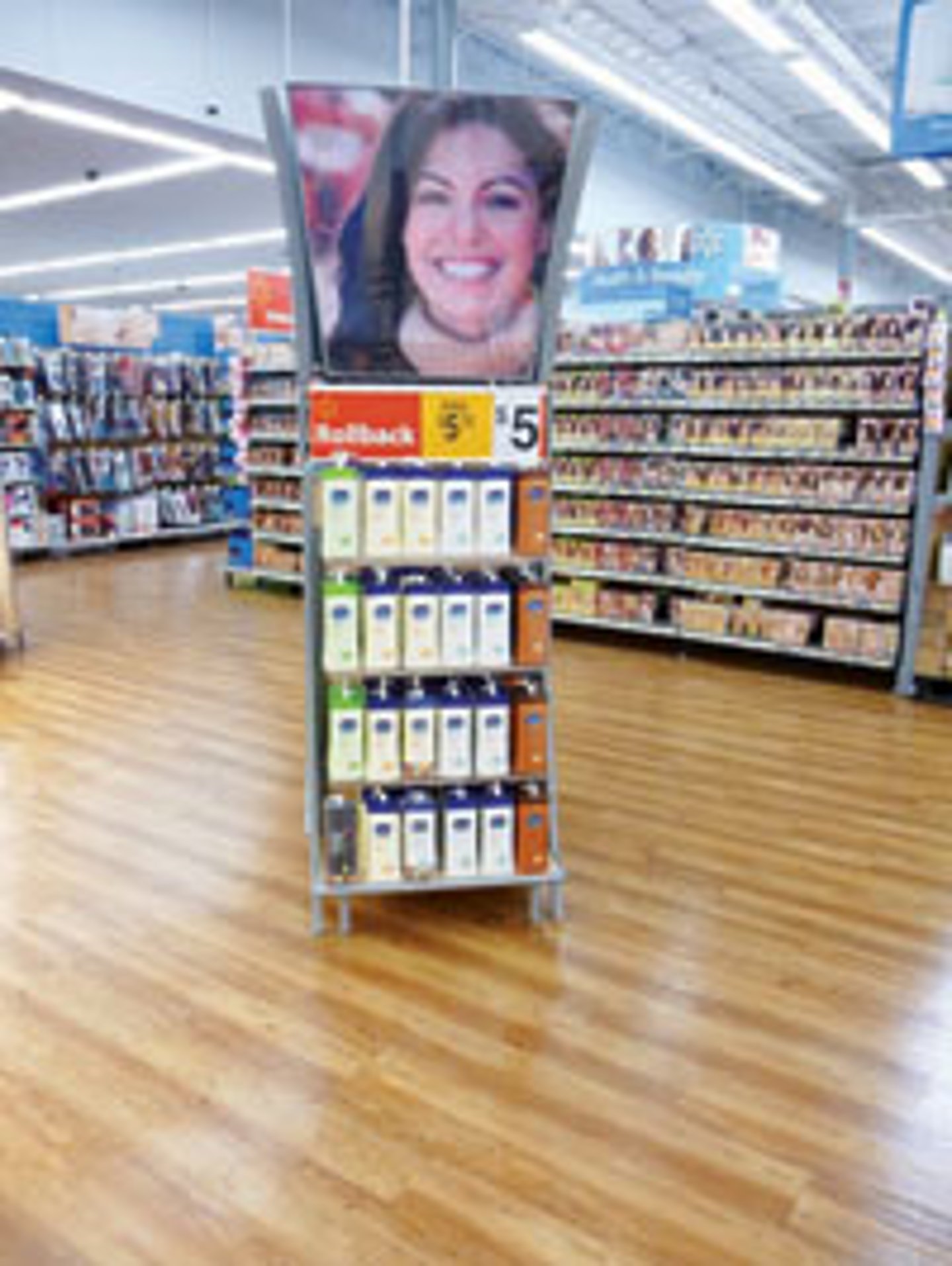Walmart’s remodeling effort makes notable Q1 impact
BENTONVILLE, Ark. —Project Impact is proving to be an appropriate code name to describe the reinvention of how Walmart goes to market in an increasing number of stores, judging from the limited details the company has provided about improved results attributable to the massive remodeling effort.
“From our early read of Project Impact remodels and new stores, we are pleased with what we see,” said Eduardo Castro-Wright, Walmart U.S. vice chairman, last month following the release of first-quarter results. “Sales are exceeding our expectations and outperforming the respective control groups. Customer experience scores in the converted stores are growing at twice the rate of those at control stores, and inventory improvements are five-to-six times higher in Project Impact stores.”
There are several aspects that quickly distinguish a Project Impact store visually from a conventional Walmart. The most noticeable is the elimination of feature displays from the main aisles of stores, which Walmart refers to as “action alley.” The removal of off-shelf displays was part of a broader effort to get rid of clutter, so Project Impact stores feature reduced but more impactful department and category level signage that, combined with lower overall fixture heights and reduced inventory, improves navigation.
Such key departments as pharmacy, health and beauty, home, apparel, electronics and fresh also received a make-over. In about 20% of the 500 to 600 stores that will be remodeled to the Project Impact format this year, the pharmacy will be relocated adjacent to the food and consumables side of the store to increase customer convenience. The change is dramatic, as the pharmacy is positioned in the center of the store, with health and beauty products presented with flair on angle fixtures directly across from the heavily trafficked fresh department.
Even in those stores where the pharmacy isn’t being relocated, the department will get a redesign to create a more open and inviting layout so the pharmacy isn’t hidden behind tall fixtures with excess inventory on top. The pharmacy and adjacent departments also are included in Walmart’s reconfigured Smart Network, which features a large vertical screen near the pharmacy and two smaller screens on endcaps that display promotional messages for featured products.
From Walmart’s perspective, Project Impact is about creating a more female-friendly shopping experience that is fast, clean and friendly, while emphasizing those categories with the greatest growth potential. So, in addition to removing clutter and such distractions as excessive signage, that means pulling together all the home-related categories into one area, openly displaying products on the top of low-rise fixtures and introducing such new private brands as Canopy, Your Zone and Better Homes & Gardens.
Overall, Project Impact stores feature a vibrant new color scheme inside, with yellow, blue, green and orange dominant, coupled with new “Walmart” signage and the distinctive Spark logo added to building exteriors.
While the host of changes Walmart has made in recent years to its operations, marketing and merchandising strategies tend to be lumped together under the Project Impact umbrella, the first stores designated as such didn’t hit the street until last fall when Walmart formally unveiled two Project Impact remodels in northwest Arkansas. Those stores have received a lot of attention and are serving as a blueprint for the most ambitious remodeling effort in the company’s history.
As the pace of Walmart’s domestic new store expansion has slowed, remodeling activity has picked up, with plans calling for 500 to 600 stores to be remodeled annually and all new and relocated stores to open under the Project Impact design. The goal is to have the entire U.S. store base operating under a single format within five years.
Expectations are high for Project Impact, but it is too early at this point to credit the company’s strong financial performance to the approximately 300 stores believed to be operating under the full Project Impact design. Walmart produced a 3.6% same-store sales increase during the first quarter, and while the company doesn’t dispute the fact that it has benefited from the weak economy making consumers more price sensitive, it also believes the wide range of merchandising, marketing and operational changes across the entire store base have played a key role.
The combination of those forces has enabled Walmart to attract new customers, and so far the insight offered by the company as to the magnitude of the increase has been limited to one intriguing nugget. Castro-Wright noted during the first-quarter conference call that 17% of the measurable growth in store traffic the company experienced during February came from new customers, and their average transaction size was 40% higher than the company average. Walmart doesn’t want to see those customers leave when economic conditions improve and has asserted that it will be able to retain them.
For now, though, Walmart is in the midst of what is likely to be its most difficult quarter of the year. The company is up against challenging comparisons from a year ago when it was the major beneficiary of economic stimulus checks, rising commodity prices that led to food inflation and higher fuel costs, which caused consumers to consolidate trips. The result was a stunning 4.6% same-store sales increase at Walmart’s U.S. stores in second quarter 2008. Walmart has said it expects same-store sales in the second quarter of this year to be somewhere between flat and up 3%, with the impact of last year’s stimulus checks causing a 100- to 200-basis-point drag.

